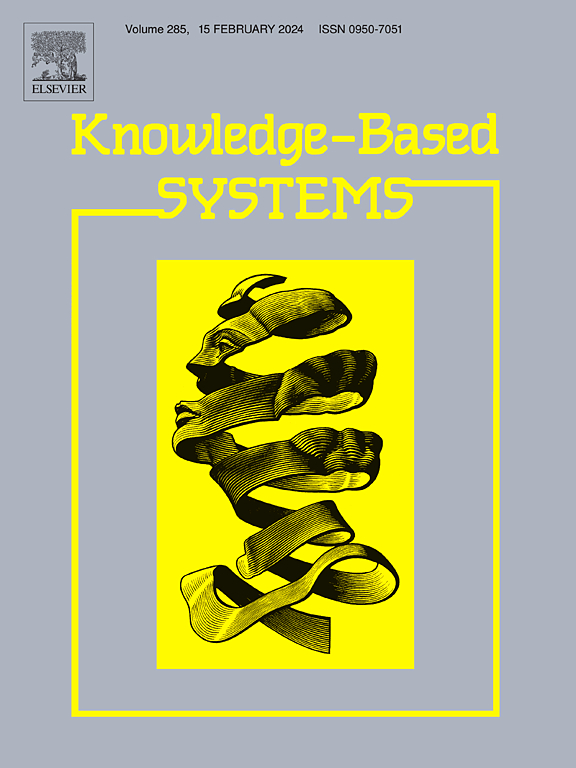Large language models can better understand knowledge graphs than we thought
IF 7.2
1区 计算机科学
Q1 COMPUTER SCIENCE, ARTIFICIAL INTELLIGENCE
引用次数: 0
Abstract
When we integrate factual knowledge from knowledge graphs (KGs) into large language models (LLMs) to enhance their performance, the cost of injection through training increases with the scale of the models. Consequently, there is significant interest in developing prompt strategies that effectively incorporate KG information into LLMs. However, the community has not yet comprehensively understood how LLMs process and interpret KG information in different input formats and organizations within prompts, and researchers often rely on trial and error. To address this gap, we design extensive experiments to empirically study LLMs’ comprehension of different KG prompts. At the literal level, we reveal LLMs’ preferences for various input formats (from linearized triples to fluent natural language text). At the attention distribution level, we discuss the underlying mechanisms driving these preferences. We then investigate how the organization of structured knowledge impacts LLMs and evaluate LLMs’ robustness in processing and utilizing KG information in practical scenarios. Our experiments show that (1) linearized triples are more effective than fluent NL text in helping LLMs understand KG information and answer fact-intensive questions; (2) Different LLMs exhibit varying preferences for different organizational formats of triples; (3) LLMs with larger scales are more susceptible to noisy, incomplete subgraphs.
求助全文
约1分钟内获得全文
求助全文
来源期刊

Knowledge-Based Systems
工程技术-计算机:人工智能
CiteScore
14.80
自引率
12.50%
发文量
1245
审稿时长
7.8 months
期刊介绍:
Knowledge-Based Systems, an international and interdisciplinary journal in artificial intelligence, publishes original, innovative, and creative research results in the field. It focuses on knowledge-based and other artificial intelligence techniques-based systems. The journal aims to support human prediction and decision-making through data science and computation techniques, provide a balanced coverage of theory and practical study, and encourage the development and implementation of knowledge-based intelligence models, methods, systems, and software tools. Applications in business, government, education, engineering, and healthcare are emphasized.
 求助内容:
求助内容: 应助结果提醒方式:
应助结果提醒方式:


